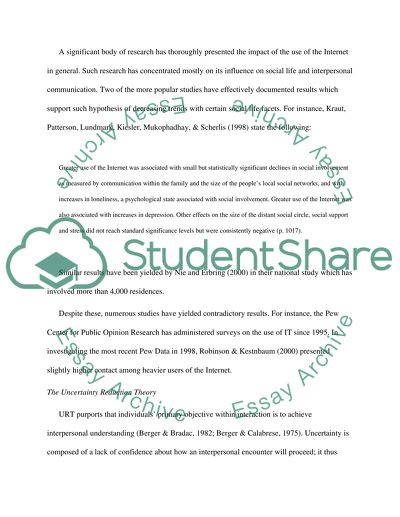Cite this document
(“The Impact of E-world Usage on Sociability Essay”, n.d.)
The Impact of E-world Usage on Sociability Essay. Retrieved from https://studentshare.org/information-technology/1535218-the-impact-of-e-world-usage-on-sociability
The Impact of E-world Usage on Sociability Essay. Retrieved from https://studentshare.org/information-technology/1535218-the-impact-of-e-world-usage-on-sociability
(The Impact of E-World Usage on Sociability Essay)
The Impact of E-World Usage on Sociability Essay. https://studentshare.org/information-technology/1535218-the-impact-of-e-world-usage-on-sociability.
The Impact of E-World Usage on Sociability Essay. https://studentshare.org/information-technology/1535218-the-impact-of-e-world-usage-on-sociability.
“The Impact of E-World Usage on Sociability Essay”, n.d. https://studentshare.org/information-technology/1535218-the-impact-of-e-world-usage-on-sociability.


